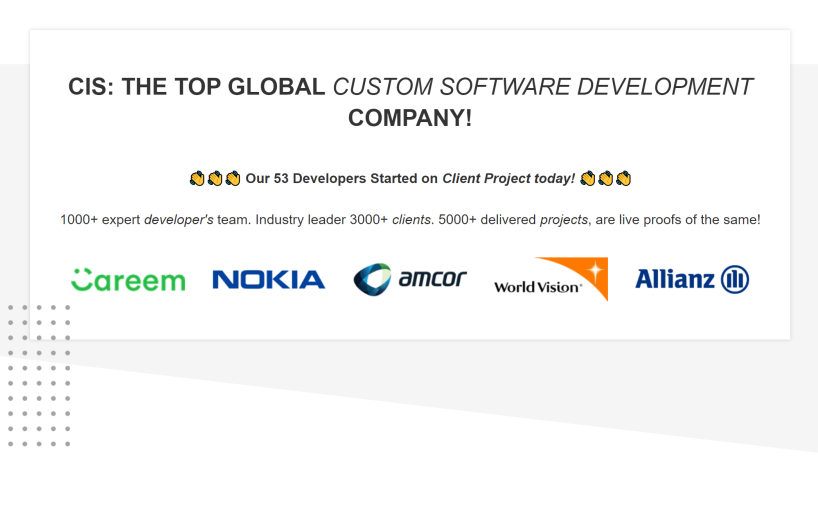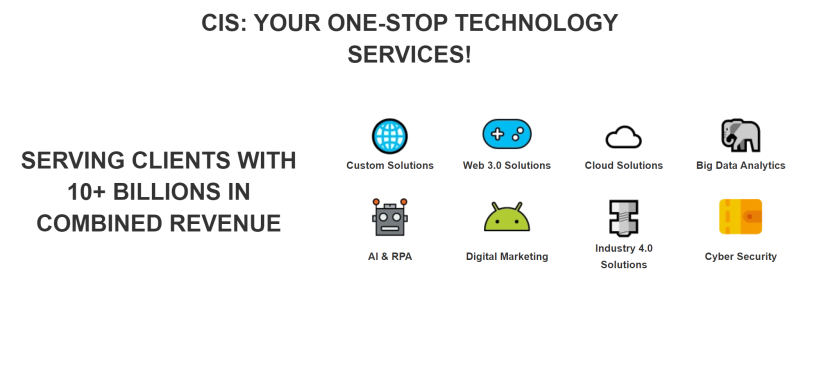Maximizing ROI: The Cost and Benefits of Adopting Odoo For Asset Management for Your Business
- Odoo for Asset Management - Detailed Analysis by Enterprise Solutions Experts
Request A Free Consultation - Why Use Odoo For Asset Management



Why Mid-size Companies and Enterprises needs Odoo For Asset Management:
Mid-size companies and enterprises need Odoo for Asset Management because it provides an efficient, cost-effective solution to manage their assets. With Odoo, companies can easily track the purchase, depreciation and maintenance of their assets. It also helps them monitor asset utilization with detailed analytics. Additionally, Odoo allows users to assign tasks related to asset management and collaborate on projects with ease. Finally, its user-friendly interface makes it easy for non-technical staff members to use the system without any training or knowledge of coding.
Benefits of using Odoo For Asset Management in Mid-size companies and Enterprises:
1. Increased Visibility:
Odoo provides a clear overview of all assets, including their current location and condition, allowing companies to quickly identify potential problems or discrepancies. This helps reduce the risk of lost or stolen assets, as well as unauthorized access.
2. Automated Asset Tracking:
Odoo's asset tracking system automates the process of tracking individual items and providing up-to-date information on their status and whereabouts in real time. This reduces manual effort and eliminates errors associated with manual record keeping.
3. Streamlined Maintenance Scheduling:
With Odoo's maintenance scheduling feature, companies can easily set up reminders for regular maintenance tasks such as oil changes or tire rotations for vehicles in their fleet. This ensures that preventive maintenance is carried out regularly to maximize asset performance and minimize downtime due to unexpected repairs or replacements caused by neglecting routine servicing schedules.
4 . Optimized Depreciation Calculations :
Odoo allows users to accurately calculate depreciation costs over an asset's entire life cycle based on its initial purchase price, estimated useful lifetime ,and other factors such as wear & tear .This helps ensure accurate financial reporting while also helping businesses make informed decisions about when it is most cost effective to replace aging assets with new ones .
5 . Enhanced Security & Auditability :
By using Odoo ,companies can track who has accessed which assets at what times ,helping them maintain tighter control over sensitive information stored within those assets . Additionally ,Odoo enables easy auditing capabilities so that businesses can quickly verify compliance with internal policies & external regulations related to data security & privacyDetailed Features of Odoo For Asset Management for Mid-size companies and Enterprises:
1. Automated Asset Tracking:
Odoo for Asset Management allows you to track and manage your assets with ease, providing a centralized database of all asset information. This includes details such as serial numbers, purchase dates, warranty periods, depreciation values and more.
2. Maintenance Scheduling:
Odoo for Asset Management enables you to schedule maintenance activities for your assets on an automated basis or manually when needed. You can also set up preventative maintenance tasks that will be triggered at regular intervals according to the asset's usage history and other factors.
3. Lease/Rental Management:
With Odoo for Asset Management, you can easily keep track of leased or rented assets in one place. This includes setting up lease agreements and tracking payments due under those agreements as well as managing any associated documents related to the leases or rentals (e.g., invoices).
4. Inventory Control & Barcoding:
With this feature you can gain visibility into inventory levels across multiple locations while also being able to scan barcodes directly from the system's interface in order to quickly update stock levels and make adjustments accordingly when necessary..
5 .Asset Lifecycle Monitoring :
Monitor each asset throughout its lifecycle with Odoo for Asset Management by tracking key events such as purchases or repairs along with detailed notes about each event so that nothing is missed out on during management processes like budgeting or forecasting future needs based on current trends..
6 .Reporting & Analytics :
Generate comprehensive reports about your entire asset portfolio using various metrics including cost analysis, utilization rates, depreciation schedules etc., which helps mid-size companies and enterprises make better decisions regarding their investments in physical resources over timeWho are the Users of Odoo For Asset Management:
Odoo for Asset Management is used by businesses of all sizes, from small startups to large enterprises. It can be used by companies in a variety of industries, including manufacturing, retail, hospitality, healthcare and government. Customers include Nestle UK & Ireland, Air France KLM Martinair Cargo and many more.
How to ensure Data Security and Compliance with Odoo For Asset Management:
1. Implement a secure authentication process:
Use strong passwords and two-factor authentication, such as biometric identification or an OTP (one-time password) system, to ensure that only authorized personnel can access the Odoo for Asset Management system.
2. Establish user roles and permissions:
Set up different levels of access rights for users based on their job functions within the organization, so they can only view or modify data related to their own tasks.
3. Regularly back up your data:
Ensure that all asset management information is regularly backed up in case of any unexpected disruption or loss of data due to technical issues, natural disasters, etc., by taking advantage of automated backup solutions provided by Odoo for Asset Management systems.
4. Monitor activity logs:
Track changes made to the asset management database with audit trails and log files which provide visibility into who accessed what information when and from where it was accessed from - this will help detect any suspicious activities quickly before it could lead to a breach in security or compliance issue.
5. Encrypt sensitive data:
To protect confidential information stored in the database from unauthorized access, use encryption protocols like TLS/SSL (Transport Layer Security/Secure Sockets Layer) that encrypts all communication between client machines and servers over networks like internet connectionsHow Odoo For Asset Management can increase organization Productivity, Agility, and Profitability:
Odoo for Asset Management can increase organization productivity, agility, and profitability by streamlining the asset management process. It provides a comprehensive set of features that simplify the tracking and management of assets such as inventory, equipment, vehicles, etc. With Odoo's intuitive user interface, users can track all aspects of their assets quickly and easily. This includes maintenance schedules, depreciation costs, warranties and more. Additionally, its advanced analytics capabilities help organizations make informed decisions about how to best manage their assets in order to maximize efficiency and profits. By automating key processes related to asset management with Odoo's platform businesses are able to save time while increasing accuracy across their operations.
How to Measure KPIs and increase Benefits of implementing Odoo For Asset Management in Mid-size companies and Enterprises:
1. Set measurable KPIs:
Establish key performance indicators (KPIs) to measure the success of implementing Odoo for asset management in mid-size companies and enterprises. These KPIs should include metrics such as cost savings, time savings, increased efficiency, improved customer satisfaction, and reduced risk.
2. Track progress:
Monitor your KPIs regularly to ensure that the implementation is on track and achieving its desired goals. Use analytics tools to help you visualize the data so that you can easily spot any areas needing improvement or optimization.
3. Make improvements:
If certain areas are not meeting expectations or if there are opportunities for further improvement, make changes accordingly by adjusting processes or introducing new features within Odoo for asset management in order to maximize benefits and optimize results.
4. Train staff:
Provide adequate training for all staff members who will be using Odoo for asset management in order to ensure they understand how best to use the system's features and capabilities effectively and efficiently so that they can get maximum value from it over time with minimal effort required from them personally .
5. Measure ROI:
Calculate return on investment (ROI) by tracking both direct costs associated with implementing Odoo for asset management as well as indirect costs such as employee productivity gains due to improved efficiencies gained through using the system which may lead to higher profits over time .How Odoo For Asset Management can increase Employee Morale in your organization:
Odoo for Asset Management can increase organization employee morale by streamlining asset management processes, reducing manual labor and paperwork, improving visibility into assets and their utilization, and making it easier to track assets. This reduces frustration among employees who may have previously had difficulty tracking or locating assets. Additionally, Odoo's automated features allow organizations to quickly identify areas that need improvement in terms of asset usage or maintenance schedules. This helps improve overall efficiency which can lead to improved job satisfaction among staff members.
How Odoo For Asset Management is Better than its Competitors:
Odoo for Asset Management is better than its competitors because it offers a comprehensive suite of features to help businesses manage their assets. It includes asset tracking, depreciation calculations, maintenance scheduling and cost tracking capabilities. Additionally, Odoo provides an intuitive user interface that makes it easy to navigate and use the system. With customizable reports and dashboards, users can quickly access data about their assets in real-time. Finally, Odoo's integrated modules allow users to easily integrate with other systems such as accounting software or HR management platforms for a complete solution.
Cost to Develop & Implemention of Odoo For Asset Management:
The cost of developing and deploying Odoo for Asset Management will depend on the size, complexity, and scope of your project. Generally speaking, you can expect to pay anywhere from $5,000 - $25,000 USD for a basic implementation. If you require more complex features or customization then the total cost could rise significantly.
Why outsourcing implementation services for Odoo For Asset Management is better for Mid-size companies and Enterprises:
Outsourcing implementation services for Odoo for Asset Management is a great option for mid-size companies and enterprises because it can help them save time and money. By outsourcing the implementation, they don't have to worry about hiring and training in-house personnel to handle the project. This also allows them to focus on their core business activities instead of worrying about managing an asset management system. Additionally, experienced professionals who specialize in Odoo implementations will be able to provide better guidance throughout the process, ensuring that all assets are properly managed with minimal disruption or downtime. Furthermore, by outsourcing this service, companies can take advantage of cost savings associated with using third party services which often offer competitive rates compared to in-house solutions.


